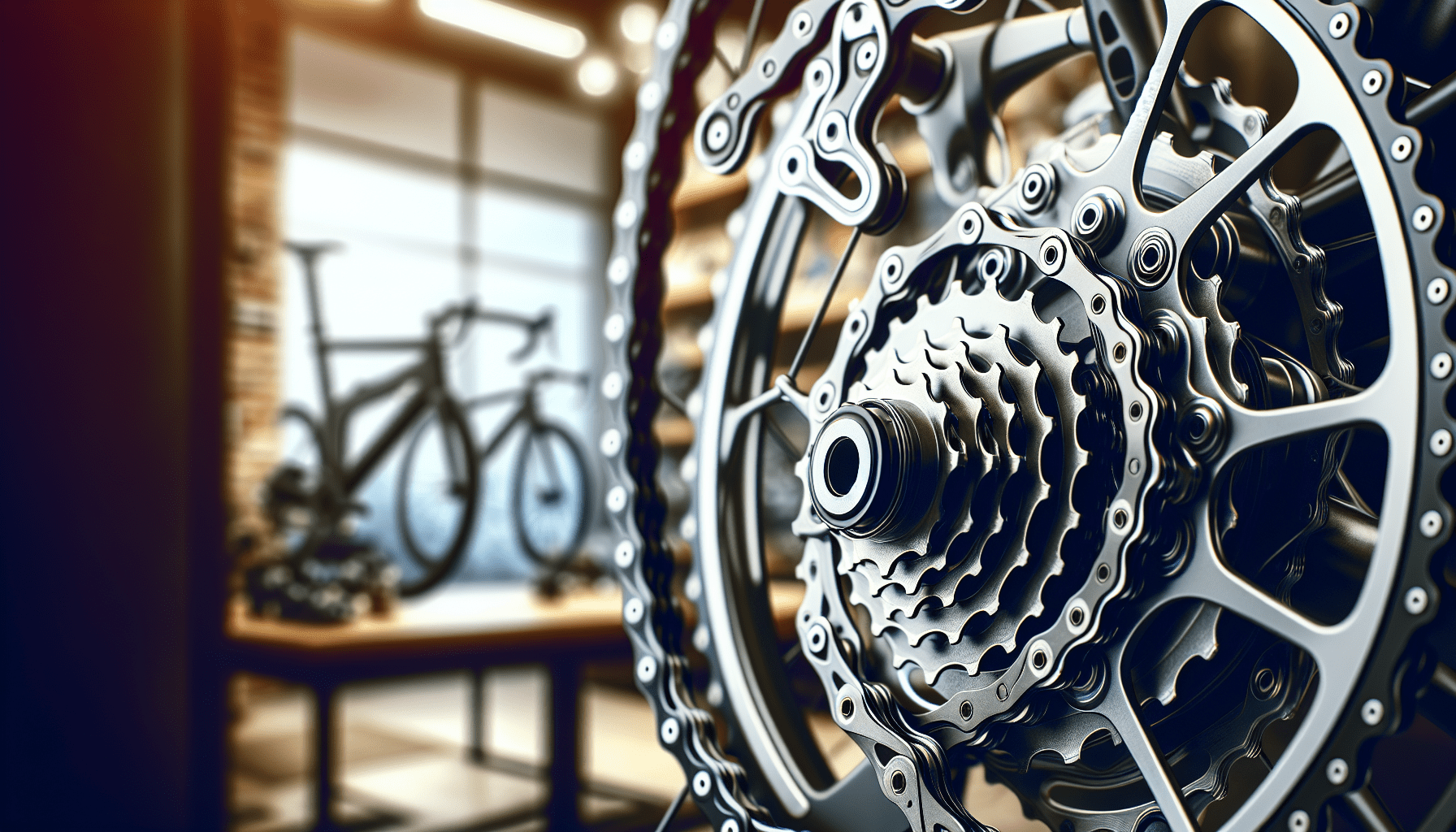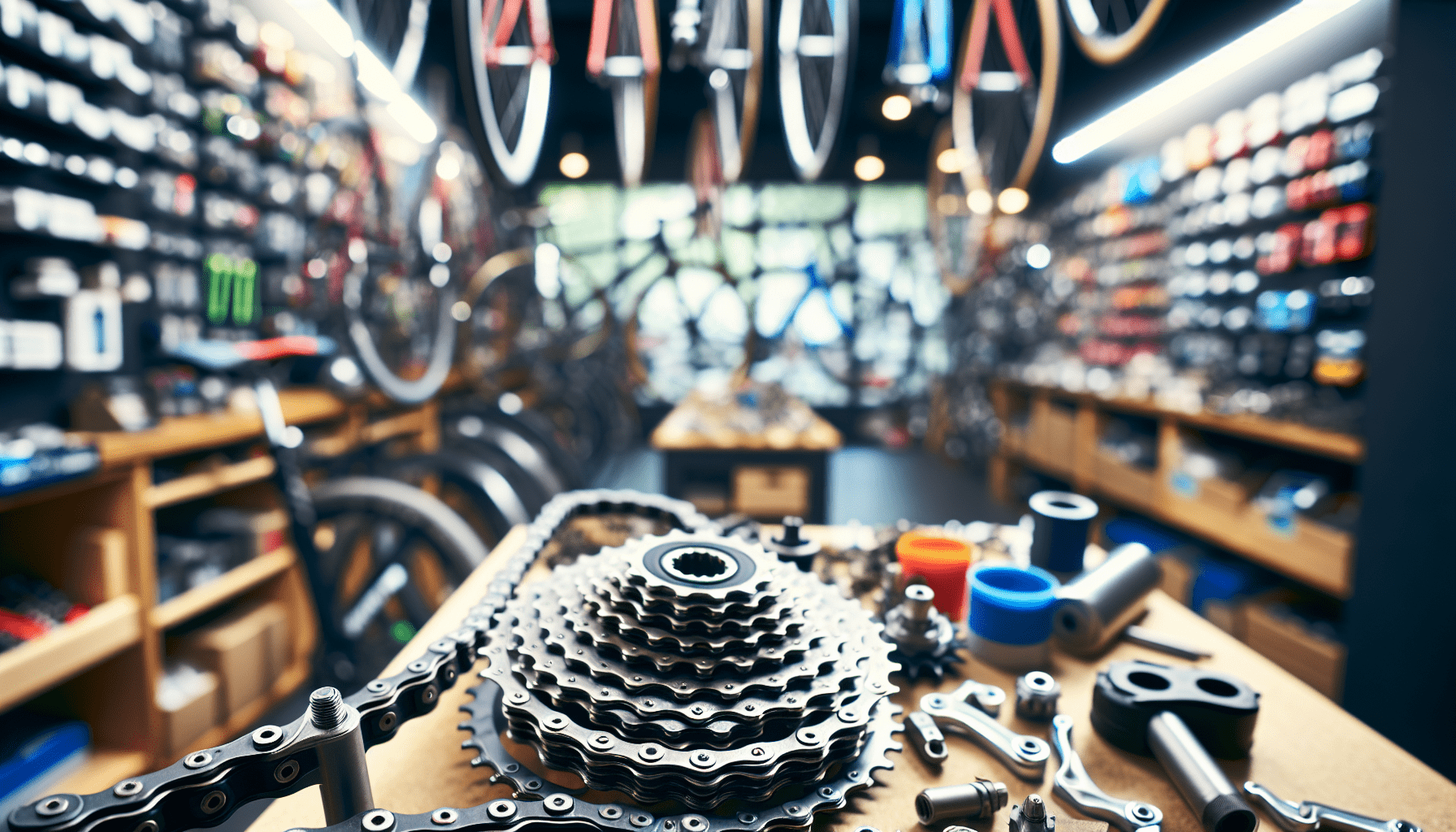Who File ISF For Bicycle Drivetrain Components
Have you ever wondered who is responsible for filing an Importer Security Filing (ISF) for bicycle drivetrain components? Well, look no further because this article will explore the ins and outs of who exactly is required to file an ISF for these crucial parts. Whether you are a manufacturer, distributor, or retailer, understanding the regulations surrounding ISF for bicycle drivetrain components is essential to ensuring a smooth and compliant import process. Let’s dive in and uncover the key players in this filing process. Hey there! Do you know who needs to file an ISF document when importing bicycle drivetrain components into the United States? Well, let’s dive into the details together and understand the process step by step.

What is ISF?
Before we get into the specifics of importing bicycle drivetrain components, let’s first understand what ISF actually is. ISF stands for Importer Security Filing, also known as 10+2, which is a requirement by U.S. Customs and Border Protection (CBP) for ocean cargo shipments. This filing is done electronically and includes detailed information about the imported goods, helping CBP assess the security risk of the cargo.
Why is ISF important?
ISF is crucial for national security and smoother trade operations. By providing CBP with advance information, it allows them to identify potential security threats before the cargo arrives in the U.S. This helps in ensuring the safety of the country and its citizens, while also streamlining the customs clearance process.
ISF Requirements for Bicycle Drivetrain Components
Now, let’s focus on the specific requirements for filing ISF when importing bicycle drivetrain components. These components are essential for the functioning of bicycles and can include items like derailleurs, chainrings, cassettes, and chains.
1. Manufacturer Details
When filing ISF for bicycle drivetrain components, you will need to provide detailed information about the manufacturer of these parts. This includes the name and address of the manufacturer, ensuring accurate identification of the origin of the components.
2. Product Descriptions
It is essential to provide accurate product descriptions for the bicycle drivetrain components being imported. This should include details like the type of component, dimensions, weight, and any specific features that differentiate it from other similar parts.
3. Harmonized Tariff Schedule (HTS) Codes
Assigning the correct HTS codes to the bicycle drivetrain components is crucial for classification and duty assessment. Make sure to double-check the HTS codes to avoid any potential discrepancies or delays in customs clearance.
4. Country of Origin
The country of origin of the bicycle drivetrain components must be clearly stated in the ISF filing. This information is important for determining the eligibility for any trade agreements, preferential duty rates, or other regulatory requirements.

Who Files ISF for Bicycle Drivetrain Components?
Now comes the million-dollar question – who is responsible for filing the ISF document when importing bicycle drivetrain components? Let’s break it down.
Importer of Record
The primary party responsible for filing the ISF for bicycle drivetrain components is the Importer of Record. This is the entity or individual who is bringing the goods into the U.S. and assumes responsibility for the shipment. As the Importer of Record, you are required to ensure that the ISF is filed accurately and in a timely manner.
Customs Broker
In many cases, the Importer of Record may choose to work with a licensed Customs Broker to handle the ISF filing process. A Customs Broker is a specialized agent who helps with customs clearance and ensures that all necessary documentation, including ISF, is filed correctly. If you decide to utilize the services of a Customs Broker, they will take care of the ISF filing on your behalf.
Freight Forwarder
If you are working with a Freight Forwarder to handle the logistics of importing the bicycle drivetrain components, they may also assist with the ISF filing process. While the ultimate responsibility lies with the Importer of Record, collaborating with a Freight Forwarder can streamline the import process and ensure compliance with all requirements, including ISF.
How to File ISF for Bicycle Drivetrain Components
Now that we’ve established who is responsible for filing the ISF, let’s look at the steps involved in actually completing the filing process for importing bicycle drivetrain components.
Step 1: Gather Required Information
Start by collecting all the necessary information for the ISF filing. This includes details about the manufacturer, product descriptions, HTS codes, country of origin, and any other relevant data related to the bicycle drivetrain components.
Step 2: Choose Filing Method
Decide whether you will file the ISF electronically through the Automated Broker Interface (ABI) or using an approved electronic data interchange system. Working with a Customs Broker or Freight Forwarder can help you navigate the technical aspects of electronic filing.
Step 3: Submit ISF Filing
Once you have gathered all the required information and chosen your filing method, it’s time to submit the ISF filing. Ensure that the information is accurate and complete to avoid any issues during customs clearance.
Step 4: Confirm Filing Status
After submitting the ISF, make sure to confirm the filing status to ensure that CBP has received the information. This will also allow you to address any discrepancies or issues promptly.
Step 5: Monitor Shipments
Keep track of your shipments and monitor their progress to ensure that they clear customs smoothly. Communication with your Customs Broker or Freight Forwarder can help you stay informed about any updates or requirements related to the bicycle drivetrain components.
Common Mistakes to Avoid with ISF Filing
While filing ISF for bicycle drivetrain components, it’s essential to be aware of some common mistakes that importers often make. Here are a few pitfalls to avoid:
Missing or Inaccurate Information
One of the most common mistakes is failing to provide complete and accurate information in the ISF filing. Double-check all details, including manufacturer information, product descriptions, and HTS codes, to ensure compliance.
Late Filing
Timeliness is key when it comes to ISF filing. Missing the deadline can result in costly penalties or even shipment delays. Make sure to file the ISF at least 24 hours before the cargo is loaded onto the vessel.
Incorrect HTS Codes
Assigning the wrong HTS codes can lead to classification errors and potential duty discrepancies. Take the time to verify the HTS codes for the bicycle drivetrain components to avoid any issues during customs clearance.
Lack of Communication
Effective communication with all parties involved in the import process is crucial. Make sure to stay in touch with your Customs Broker, Freight Forwarder, and other stakeholders to ensure a smooth and efficient import experience.
Conclusion
In conclusion, filing ISF for bicycle drivetrain components is a critical step in the import process, ensuring compliance with U.S. customs regulations and safeguarding national security. By understanding the requirements, knowing who is responsible for filing, and following the necessary steps, you can navigate the ISF process successfully. Remember to gather all required information, choose the right filing method, submit the ISF accurately, and monitor your shipments for a seamless import experience.
So, the next time you’re importing bicycle drivetrain components, you’ll know exactly who needs to file the ISF document and how to do it like a pro. Happy importing!
